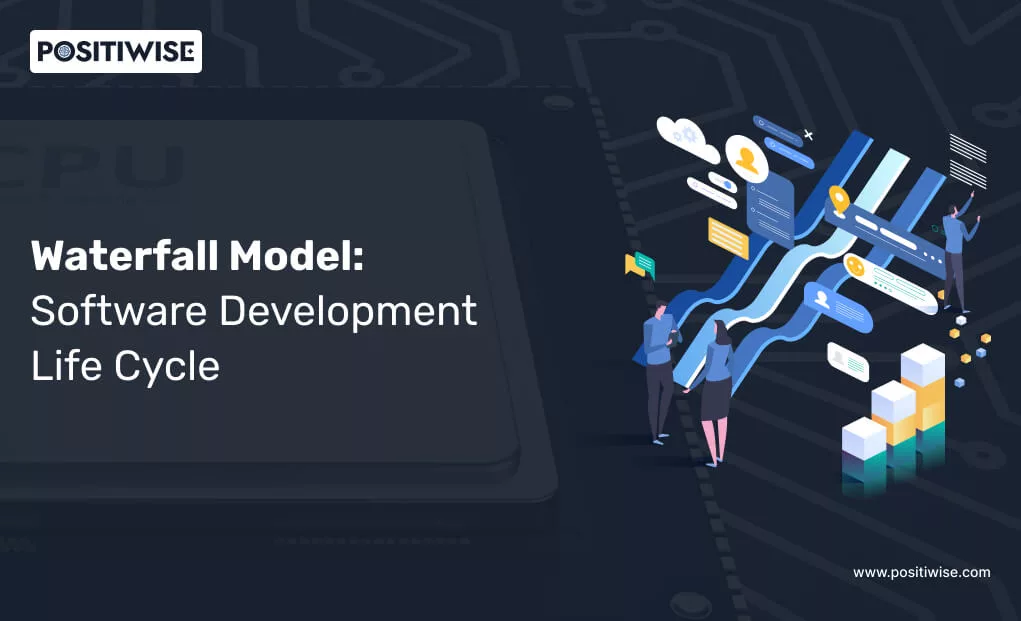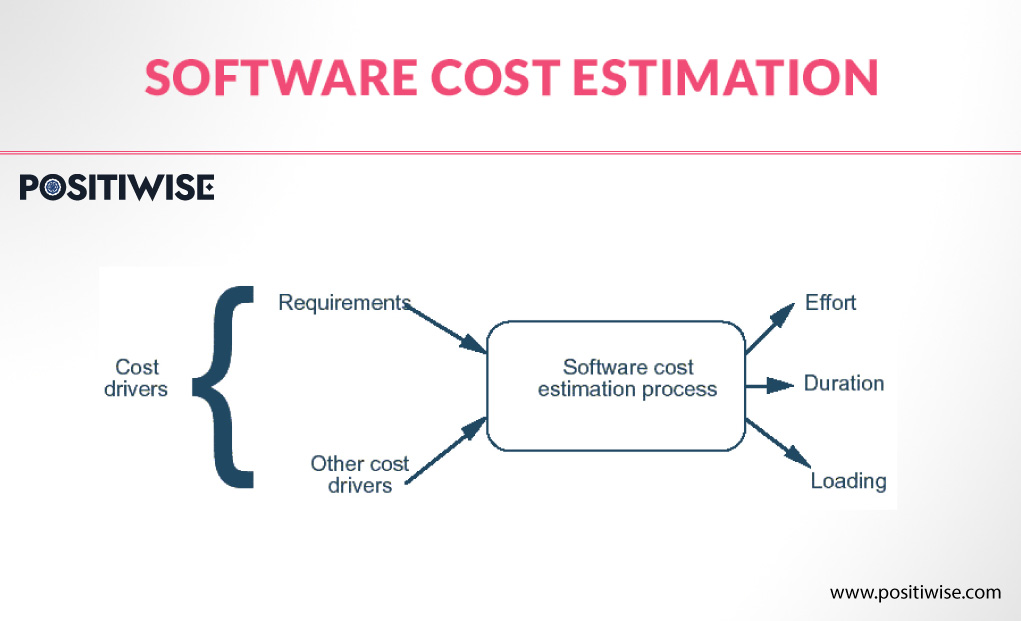Quick Overview:
A classic software development lifecycle (SDLC) method that adheres to a sequential and linear procedure is the waterfall model. It is divided into discrete stages that need to be finished to go on to the next. In this blog, we will explore the advantages and features of waterfall model: SDLC.
Introduction
The waterfall model: SDLC is the fundamental life cycle model for software development. Though it is essential, it is idealistic. This model was widely used but is no longer in use. Nonetheless, it is crucial since the traditional waterfall model is the foundation for all other software development life cycle models. The software development process is shown in the waterfall model as a sequential, linear flow. This implies that a development process phase may only start after the one before it is finished.
Waterfall Methodology: Understanding What Is It?
A method for project management known as the Waterfall technique uses a sequential, linear procedure. This method, known as the Software Development Lifecycle (SDLC), is widely used in software engineering. Nevertheless, this concept is also being used in product development.
The project’s flow, in which one phase flows into the next, is called “waterfall model SDLC.” It includes a thorough design stage, implementation, testing, and upkeep. Additionally, there is little to no room for modifications during the project; each step must be finished before going on to the next.
The waterfall methodology is also renowned for its predictability and organization, which help teams create precise budgets and plans. It can also be blamed for being rigid and unable to change course when things get tough.
Examine the Waterfall Model SDLC’s Phases
The waterfall technique was the first widely used SDLC waterfall model in software engineering to guarantee project success. The software development process is split into several phases according to “The Waterfall” methodology. Usually, in this Waterfall paradigm, the result of one phase serves as the consecutive input for the following step.
Waterfall project management phases vary from one project to the next. However, the steps of the waterfall technique may typically be divided into five categories: planning, designing, implementing, verifying, and maintaining.
Planning and Objectives
What the project should accomplish is determined at the needs assessment and preparation stage of waterfall project management. Based on the needs of the project sponsors, the project manager attempts to comprehend the project requirements. This phase identifies and describes the risks, presumptions, dependencies, quality indicators, expenses, and project timetables.
Establish
All of your selections are documented and solidified during the design phase. In this instance, you provide solutions that meet the project’s needs. Making a list of every step you’ll take to complete and carry out the project scope is the best approach. Design is a plan of action for the entire project because it addresses the goals, budget, and timeline.
Execution
Your project strategy and design are implemented to create the intended outcome during the implementation phase. You will spend this stage coding the software functionality if your organization generates software. Alternatively, if you’re overseeing a project for a building firm, this phase will involve building a house. A large amount of waterfall project management is implemented. Every event that takes place at this stage needs to be meticulously recorded.
Confirmation and Testing
Testing confirms that the final product meets all project criteria and was produced throughout the implementation phase. If this isn’t the case, the project team must figure out what went wrong by reviewing the project from the beginning.
Upkeep
The maintenance phase lasts for the project’s duration beyond the five phases of project management. During this phase, routine maintenance chores and minor improvements are carried out to enhance the product established during implementation. This stage also serves to identify any mistakes you may have overlooked throughout the testing process.
Compared to other development approaches, the waterfall model SDLC considers a project’s customer or end user less. Users are contacted first when gathering and creating requirements, and client input is included. The development team expedites project phases by excluding the customer from most waterfall processes.
Collecting Requirements for the Waterfall Model
The customer must supply the software system requirements at this initial stage of the waterfall model. Typically, the customer and one or more technical staff will meet to clarify needs and grasp the system’s goals. The project team may need to dedicate significant time to this phase, mainly if the system is extensive and encompasses several business domains. One or more papers with a detailed list of all the criteria will be the process’s output.
The accuracy of the criteria is crucial since they serve as the foundation for all subsequent project phases. This phase is crucial since, while utilizing the waterfall approach, it is not feasible to revisit and modify the requirements after the fact.
Explore the Pros and Cons of the Waterfall Model SDLC
The waterfall model’s many strong and distinctive benefits intrigue your projects. The Waterfall Method works incredibly well for predictable projects, but it breaks down when there are a lot of unknowns and variations.
| Pros of the Waterfall Model of SDLC | Cons of the Waterfall Model of SDLC | Relevant for Project Having |
|---|---|---|
| Having starting and endpoints makes it easy to manage. | A little-bit slow-moving process. | Well-defined outcomes |
| Business and Technical requisites are clearly understood. | Not compatible with large projects. | Freshers and experienced team members |
| The tester creates multiple test cases to remove every kind of error. | It prevents the app from adding new features in-between the development phase. | Scope of building a simple application |
| Documents created throughout the lifecycle help the team during and after development. | You can’t go back to the previous stage |
When Should the Waterfall Model Be Used?
Here are a few situations where a waterfall system is beneficial. There are a few situations in which this SDLC paradigm can be applied:
- When you have extended deadlines and big, complicated projects to build,
- Where the projects are precise and concise, and the project needs are well-defined beforehand.
- When there is less room for mistakes and required modifications,
- Therefore, this model is perfect for creating massive, intricate projects on time, within budget, and with excellent quality.
Characteristics of the Sequential Method Waterfall Model SDLC
Software development is approached sequentially under the waterfall paradigm, with each project step being finished before going on to the next.
Document-Driven
The waterfall model SDLC mainly depends on documentation to guarantee that the project is precisely defined and that the project team is working toward a specified set of goals.
Quality Inspection
To ensure that the final result satisfies the needs and expectations of the stakeholders. The waterfall approach also helps place a strong focus on quality control and testing at every stage of the project.
Strict Planning
The waterfall model calls for a strict planning procedure in which the project’s deliverables, schedule, and scope are all precisely specified and tracked throughout the project’s lifespan.
The waterfall paradigm is generally applied to software development when a highly organized and systematic approach is required. It may help ensure that big, complicated projects are finished with excellent quality, on schedule, and within budget.
Explore The Waterfall Model SDLC’s Design
While some sources refer to it as analysis and design, others refer to it as the design phase. The design is completed after determining how to transform the software requirements that the clients provided into a computer system. This phase considers several factors, including data inputs and outputs, rule implementation strategies, computer languages to be used, and optimal hardware selection. Numerous technological factors need to be considered, many unique to the type of system being developed.
Again, the analysis and design of the system are included in one or more papers, and specialized analysts and designers are employed for this task. In the following stage, the design papers serve as a guide for the coding.
Examine the Waterfall Model SDLC’s Significance
The foundation of straightforward to contemporary application development procedures has always been the waterfall model SDLC. Notwithstanding its inflexibility and additional constraints, the model has always been a favored approach for developing applications. Moreover, it is the ancestor of some contemporary approaches, such as the agile, V-model, and iterative development models.
Clarity and Plainness
The Waterfall Model’s linear structure provides an unambiguous basis for project development, which is why it is essential to the SDLC.
Well-Defined Phases
The Waterfall Model ensures a planned development with clear checkpoints by providing distinct inputs and outputs for each phase.
Documentation
Paying close attention to comprehensive documentation aids in understanding, maintaining, and expanding software.
Consistency in Needs
Ideal for projects with stable, well-defined needs that don’t change as the project progresses.
Resource Optimization
Assigning resources during project phases promotes efficient, task-focused work without constantly shifting environments.
Significance for Minor Projects
Economical for small-scale projects with straightforward requirements and little intricacy.
Signing off on the deliverables at each step in the waterfall paradigm is crucial. Although Agile and Prototype methods are currently used for most projects, the Waterfall approach is still practical for smaller projects. The Waterfall methodology will work best if the criteria are clear and measurable.
Conclusion
The team ensures that the program functions flawlessly and without interruption on the servers during the maintenance process. After installation, the development team fixes issues brought to their attention, and the testing team tests the solutions.
The Waterfall Model SDLC has had a significant impact on traditional software development methodologies. This systematic, sequential approach offers a defined framework that is simple to comprehend and implement. The model’s logical progression through the phases of demands, development, execution, evaluation, implementation, and maintenance gives project teams a clear roadmap.
Expert in Marketing Strategy and Brand Recognition
Jemin Desai is Chief Marketing Officer at Positiwise Software Pvt Ltd, he is responsible for creating and accelerating the company’s marketing strategy and brand recognition across the globe. He has more than 20 years of experience in senior marketing roles at the Inc. 5000 Fastest-Growing Private Companies.






